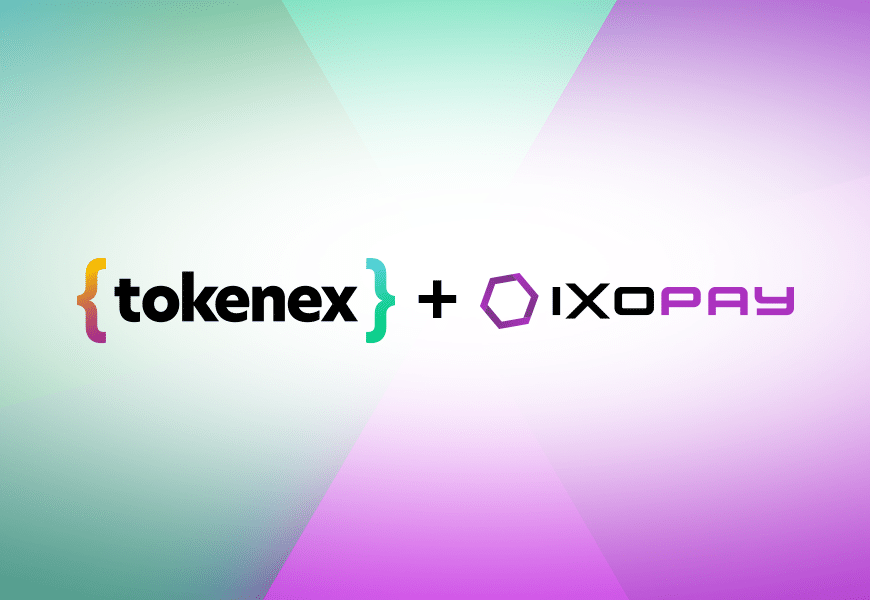Have you ever wondered what the 3 or 4-digit numbers are on the back of your debit or credit cards? With over half a million credit card accounts in 2021, American consumers regularly open and use cards to pay for products and services. When making a purchase online or over the phone, cardholders are typically asked to provide standard information, including the cardholder’s name, card number, expiration date, and a CVV or CVC code. Keep reading to learn what those card codes are and how they help protect cardholders’ sensitive payment details.
What Is a CVV/CVC Number?
A Card Verification Value (CVV) or Card Verification Code (CVC) refers to a security code printed on credit or debit cards. Specifically, CVV and CVC codes are designed to verify card-not-present transactions. Requesting verification helps merchants determine if a purchase is legitimate or not, which is especially important when the cardholder cannot provide a PIN or signature. Each card network uses a different name for this code, but they all mean the same thing and have the same goal of helping secure cardholders’ payment details from card fraud or phishing scams. For example, MasterCard calls the code CVC or CVC2, American Express (AMEX) uses CID, Discover calls their code CID2, and Visa calls them CVV or CVV2. As for contactless cards, these cards contain chips with security codes called Dynamic CVV or iCVV.
Where Do You Find the CVV/CVC?
Since these codes are usually requested whenever a customer purchases something over the phone or online, it’s helpful to know where to find them. Visa, MasterCard, and other cards use a 3-digit code, which can be found on the back of the credit or debit card within the white signature strip on the right side. American Express uses a 4-digit code, which can be found on the front of the card, slightly above and to the right of the card number.
How Do CVV/CVC Codes Keep Card Information Secure?
CVV and CVC codes keep card details secure by providing an extra layer of payment authentication for merchants. When customers make card-not-present transactions (e.g., over the phone, online, or a merchant manually inputting card numbers into a POS terminal), it is usually mandatory for merchants to request a cardholder’s CVV or CVC code. By verifying this code, the merchant and other relevant entities (e.g., PSP and issuing bank) can determine if the code matches the card used to make a purchase. If the security code matches, the transaction is authorized and approved. However, a security code that doesn’t match the associated debit or credit card will immediately decline the pending transaction. Indeed, merchants can use these codes to help prevent card fraud and chargeback fees and maintain PCI compliance. After all, cybercriminals will not be successful at committing online card fraud if they lack key details to complete purchases, such as the CVV/CVC codes, PIN codes, or magnetic stripe data.
Aside from increasing payment security, these codes also help prevent chargeback fees for merchants. A chargeback occurs when a customer requests that their issuing bank provide a refund for a transaction due to various reasons, such as card fraud, damaged products, or being overcharged for products or services. Since the cardholder needs the CVV or CVC code to place an online order, this can help protect merchants from “friendly fraud,” such as when a customer claims they did not make a purchase even though they did.
Payment Tokenization Can Help
Payment tokenization replaces sensitive payment data with randomly generated sets of numbers known as tokens. For merchants, sensitive customer data includes credit card numbers, bank account numbers, names, addresses, etc. To secure customers’ payment details, organizations that use tokens do not expose any sensitive information that could be compromised in a data breach. Tokens typically have thirteen to nineteen alphanumeric characters. These tokens can be stored and accessed in an organization’s internal systems, while the original data is kept in a secure external environment.
Unlike encryption, tokenization produces tokens that are unique and irreversible. Since tokens do not directly relate to the original data, tokens cannot be reverted to the original form. Even if an organization suffers from a breach, the sensitive card data will not be compromised due to payment tokenization. In turn, this will help prevent the business from compromising customers’ card data to cybercriminals.
We hope this article helped explain a CVC/CVV code, where to find these codes, and why they are essential. While it can be challenging to keep up with the different terms used by major card brands, remember that these codes all serve the same purpose – to help validate card-not-present transactions. Since online card fraud continues to be a serious issue in the ecommerce market, businesses must prioritize protecting and securing their customers’ payment data. Contact TokenEx today to learn more about how our payment tokenization services can help you meet your business goals, maintain critical business utility, achieve PCI compliance, and prevent card fraud and chargeback fees.
















